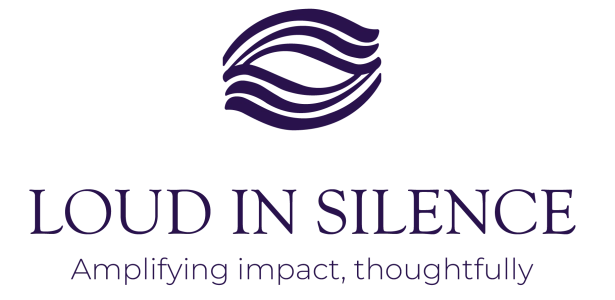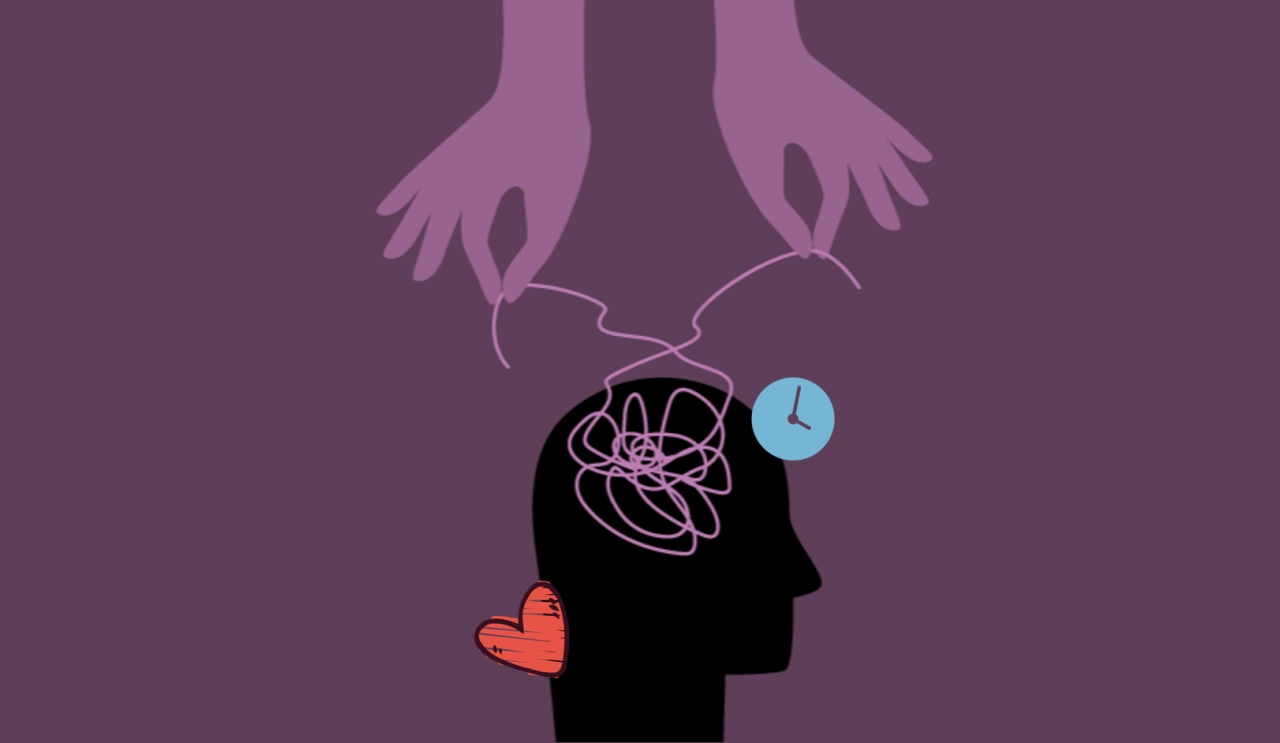
Whether it’s about being on time or in the moment, "right timing" in content always calls for intuition. But the feeling of perfect timing isn’t just luck. It can be intentionally designed if you listen closely to your audience and tune in to their emotional rhythms, you’ll start to sense when to speak, and more importantly, what to say.
These 5 techniques will help you strategically design content that shows up at the right moment, not just on schedule, but on point.
Sense the emotion by Emotional Timing Map
Content shouldn't just match the calendar, it should match the mood.
Imagine each month, each season, each moment in the year carries an underlying emotional current among your audience. When you can tune in to that frequency, your content begins to resonate on a whole new level.
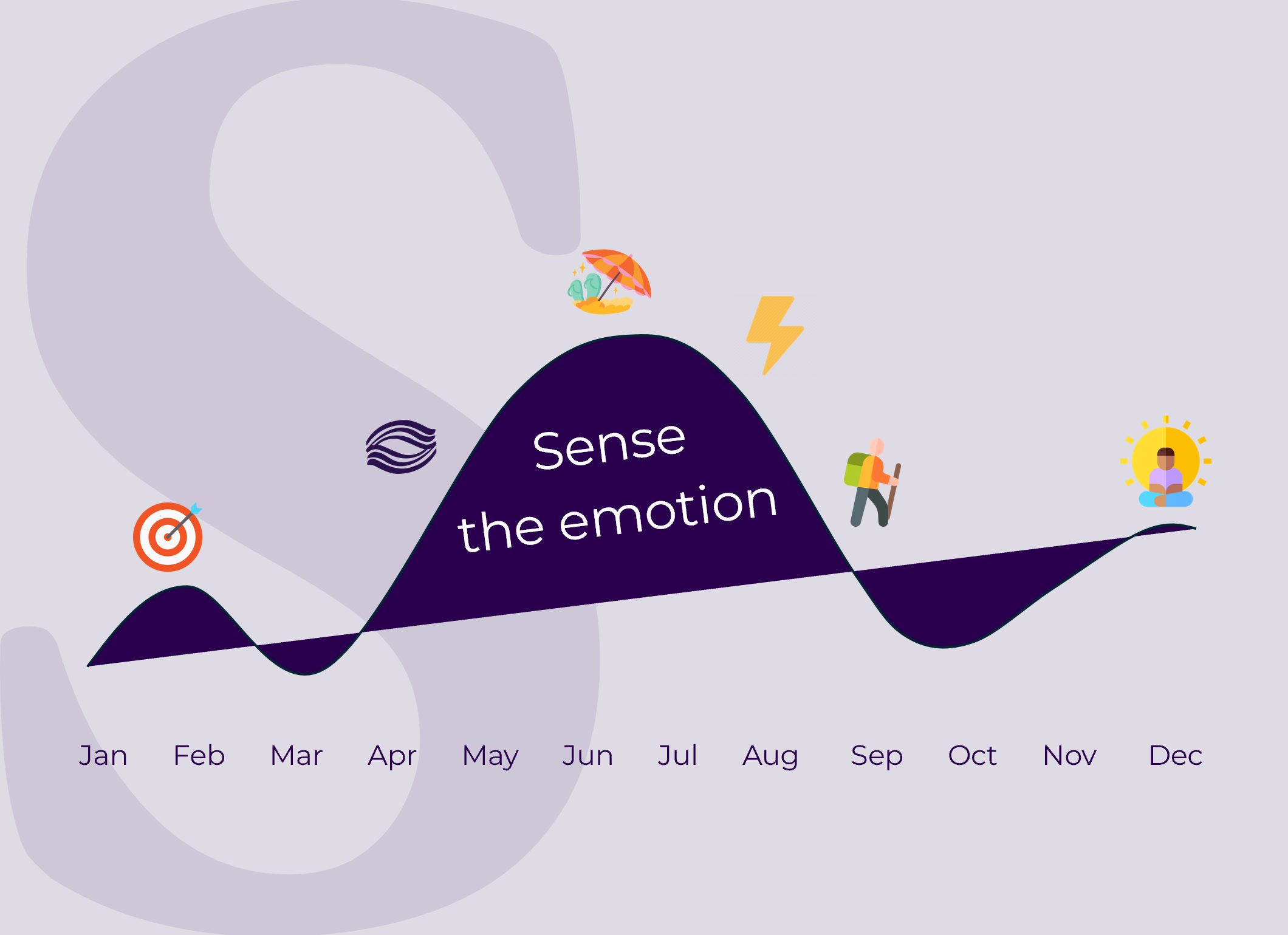
📅 Based on annual rhythms:
Lunar New Year - Back to school - Exam season - Wedding season - Black Friday – Christmas - New Year...
Each time of year brings its own blend of expectations, stress, joy, and silent fears.
🧠 Based on emotional rhythms:
January: goal-setting, ambition
March-April: stress, overwhelm
June-July: craving for rest and release
October-November: reflection and self-evaluation
🎬 Case study: John Lewis - “The Long Wait”
This iconic Christmas ad from UK retailer John Lewis is a textbook example of emotional timing done right.
“The Long Wait” didn’t promote any product - it simply told the story of a little boy counting down to Christmas. Not to receive a gift, but to give one to his parents.
The result? Over 6 million YouTube views in a single week, and a 9.3% year-over-year increase in Christmas sales (source: Campaign UK).
Why did it work? Because it didn’t just arrive during the holidays - it struck a chord with the emotions of longing, love, and generosity that peak during that season.
💡 Key takeaway?
Emotions, too, have seasons. When you understand what fuels them - and when they rise - you’ll know what to say, and when to say it.
Ask yourself:
What is your audience longing for right now?
What are they struggling with?
Do they need to be inspired, reassured, or simply understood?
Designing content at the right time isn’t about manipulating feelings; it’s about showing up with empathy when it matters most.
O - Observe the signals: Blend behavioral data with soft sensing
When do people turn to your brand more than usual?
When are they most open to pausing, reading, and responding?
To find the “right time,” you need to pay attention to both the obvious signs and the subtle signals because sometimes, the perfect moment doesn’t show up in a dashboard. It hides in a comment thread no one noticed.
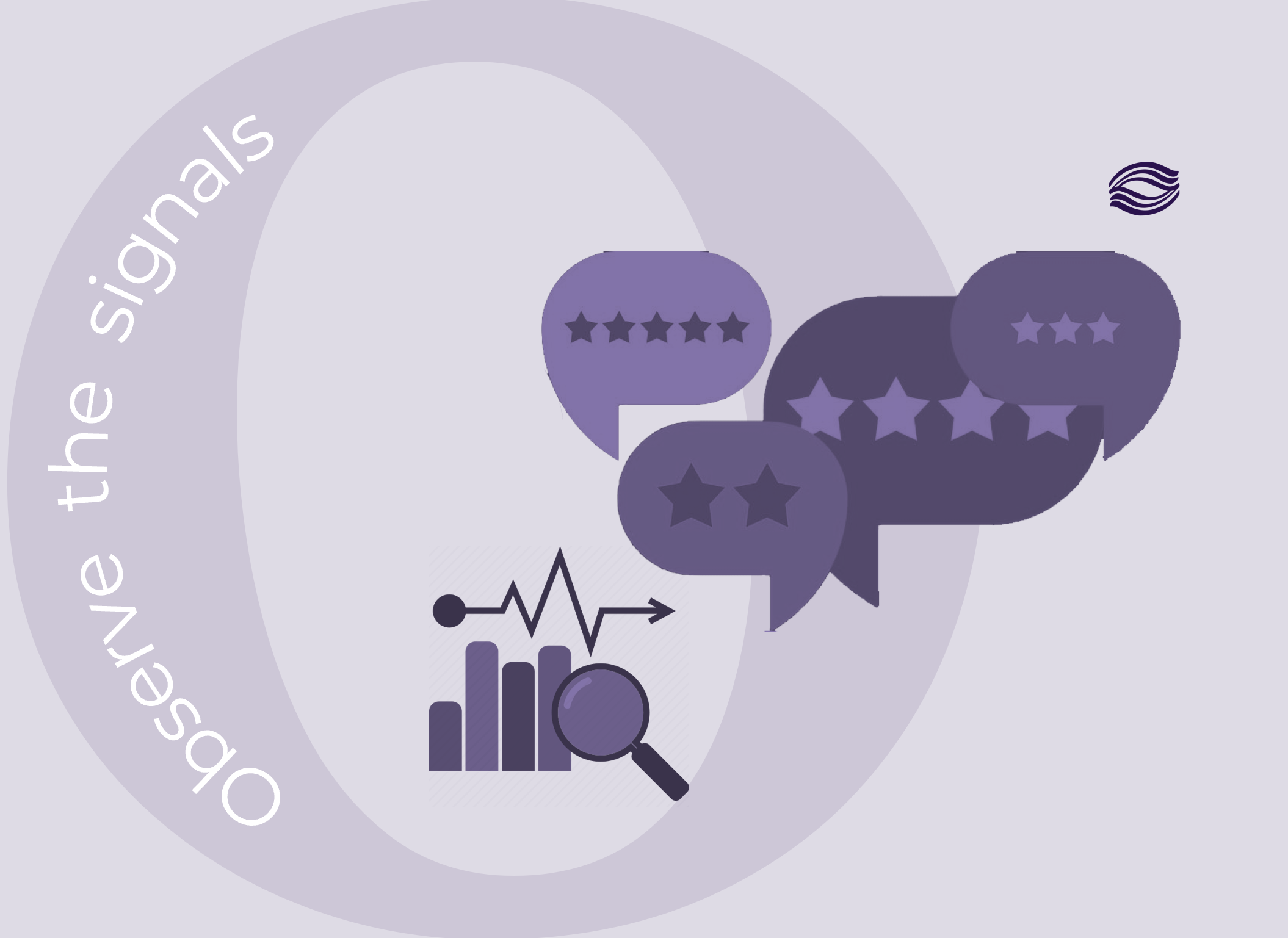
📊 Behavioral signals:
When do searches start to spike? Google Trends, YouTube suggestions, recurring questions on your page, all of these are quiet maps of unmet needs.
Which posts get revisited, saved, or quietly shared? Those aren’t just metrics, they’re echoes of emotional timing. Your content met someone at just the right moment.
When do conversions peak unexpectedly? Sometimes, it’s not about a better call to action, it’s just that your message landed on time.
🌿 Soft sensing:
Read the comments, the inboxes, the late-night DMs, that’s where raw emotion slips through.
Watch what topics are quietly stirring on social: unspoken pain points, overlooked cravings, questions with no answers (yet).
And sometimes, it’s as simple as pausing to ask yourself: “If I were my audience right now, what would stop me mid-scroll?”
This technique isn’t about chasing trends.
It’s about noticing when data and instinct point in the same direction - and trusting that direction just long enough to speak up.
F - Flex your formats: Design for both directions and the moment
Not every piece of content needs to be fast.
And not every scheduled post will stop the scroll.
A good right-time strategy means knowing how to stretch your formats, balancing between evergreen content and moment-driven pieces. Like a good storyteller, you don’t just speak - you pace the silence.

📍 Evergreen / Planned content:
These are the slow-builders. The steady foundations.
Educational, timeless, and deeply brand-aligned.
Step-by-step tutorials
Brand storytelling, value-driven insights
In-depth series that stay relevant far beyond the post date
Before HubSpot, B2B marketing was often seen as dry, dull, and transactional.
But the company’s persistence helped usher in a new era, it’s even credited with laying the groundwork for Inbound Marketing.
HubSpot invested heavily in evergreen content systems: blogs, templates, ebooks, checklists...
These weren’t loud campaigns, but they consistently drew traffic, kept readers engaged longer, and naturally converted at the right moment.
✨ Responsive / Moment-based content:
These are timely, emotionally attuned, and often unscripted.
Reacting to trends and conversations
Addressing unfolding events
Echoing real-time emotions with relevance
A smart strategy doesn’t choose between the two, it holds the tension between them.
An evergreen piece, released just as people are seeking clarity, can feel perfectly timed.
A trending post rooted in your brand’s deeper truth can last longer than a single moment.
T - Test before you commit: Try the moment before you launch it
Not every moment needs a full-blown launch.
Sometimes, a well-timed draft is all it takes to make someone pause.
In a world that shifts by the hour, guessing the perfect “golden moment” is a luxury. But what you can do is test the waters through soft versions, teaser content, or small, intentional signals.
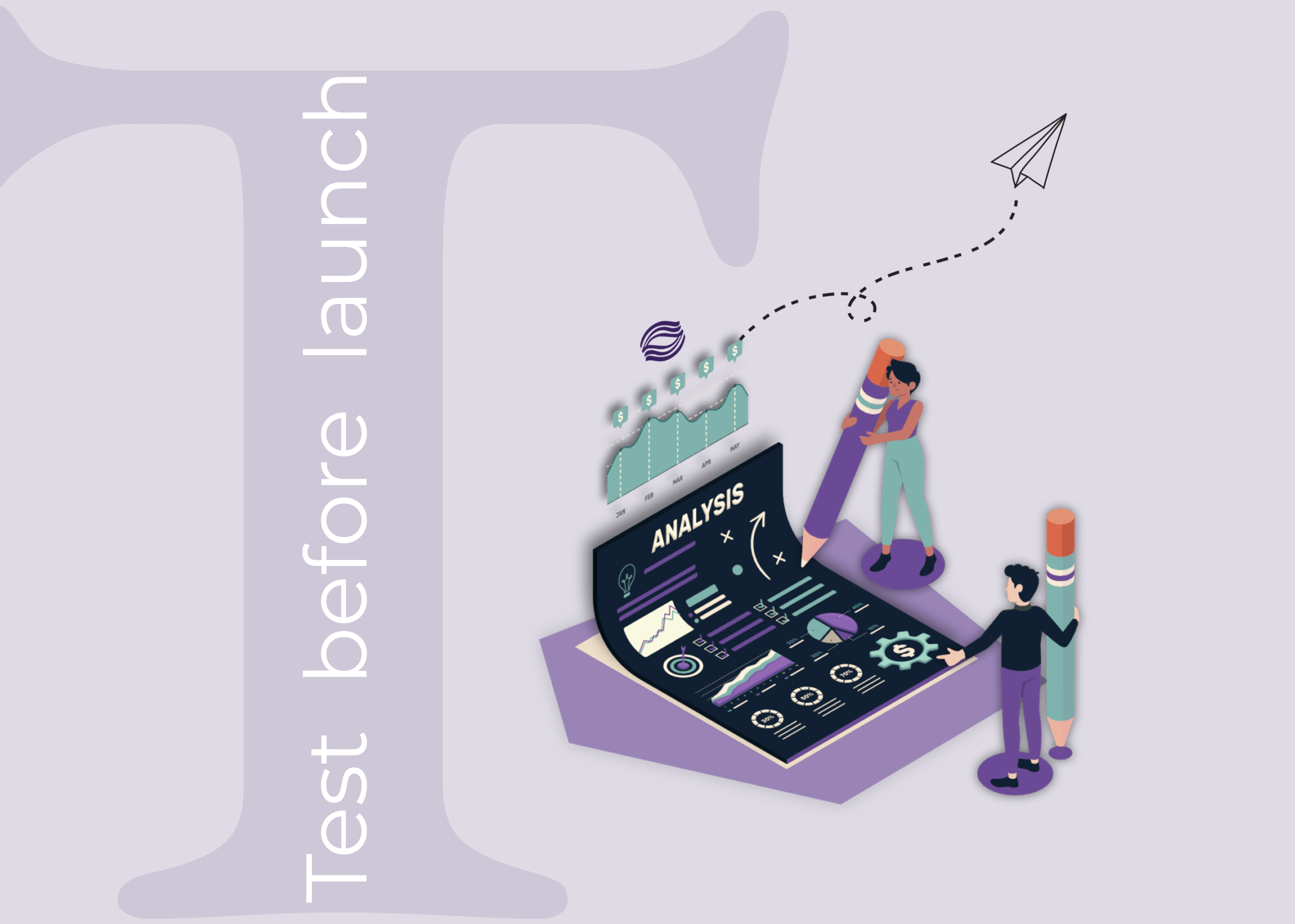
A few ways to “test the timing” with intention:
A/B test your publish time: Same content, two different hours, which one aligns with your audience’s emotional rhythm?
Tease with shorter versions: A soft-touch caption, a preview quote, or a visual nudge, all can serve as emotional litmus tests before a bigger release.
Break a campaign into soft-launch phases: Each drop is an experiment. Each response, a signal worth reading.
This isn’t hesitancy, it’s emotional strategy.
It’s choosing to show up when your audience is not only online… but open.
Because emotion is fluid. And sometimes, even the slightest shift in timing can be the difference between seen and scrolled past.
E - Embrace the silence: Leverage quiet moments in the market
Not every moment calls for a new voice.
And being the loudest doesn’t always mean being heard.
Sometimes, the silence isn’t a lack of need, it’s just that no one’s speaking yet.
It’s the moment just before the wave rises when emotions are surfacing, but brands are still waiting for the “peak season.”
In today’s crowded content space, quiet can be your clearest stage if you show up with something thoughtful, timely, and light enough to land.

A few kinds of silence worth leaning into:
The in-between of big campaigns: After major dates like Lunar New Year, Women’s Day, Black Friday… when most brands go quiet.
Ordinary days that feel oddly open: Early weekdays, mid-month moments, or seasonal transitions when your audience is emotionally receptive, but not overwhelmed.
When the world needs something softer: During uncertainty, burnout, or emotional fatigue, your gentle voice might be the one they lean into.
A good message doesn’t have to shout.
It just has to arrive… when no one else is speaking.
Case Study: Share a Coke - A campaign that got every timing right
In 2011, Coca-Cola launched its now-iconic Share a Coke campaign in Australia, not during a holiday or a major retail moment, but on an ordinary summer day. And it was exactly that ordinariness that made the timing so powerful.
Summer is a season of connection, friendship, and real-life meetups, and Coca-Cola tapped into that emotional rhythm with one simple invitation:
“Share a Coke with someone whose name is on it.”
💡 This campaign embodied all five techniques of Right Time Design
S - Sense the emotion
It resonated with young people’s need to feel seen, connected, and acknowledged. Seeing your name or someone you care about on a bottle wasn’t just fun. It hit a deeper note of personal recognition in a crowded world.
O - Observe the signals
Throughout the rollout, Coca-Cola actively listened. Through Facebook and 18 mobile kiosks, they collected over 65,000 name suggestions, leading to the addition of 50 new names, bringing the total to 200 personalized bottles. A masterclass in blending data with soft sensing.
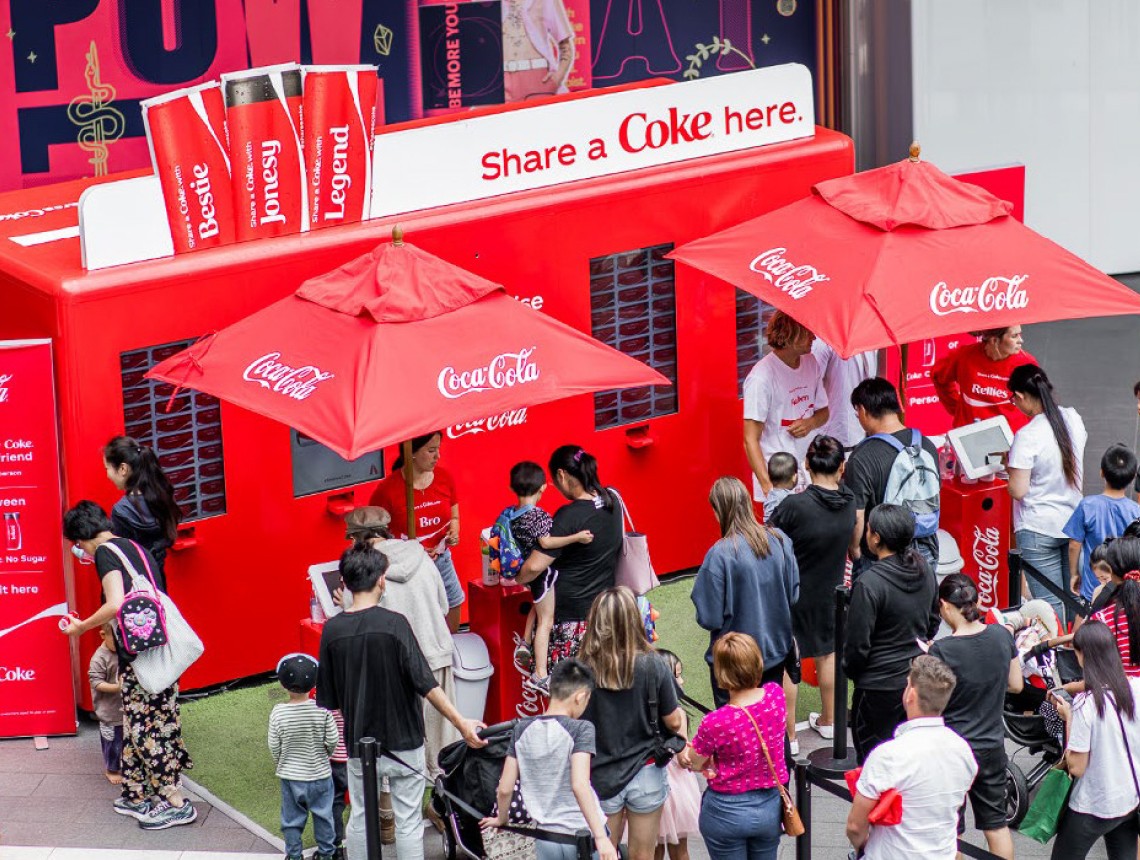
F - Flex your formats
This wasn’t just about packaging. Users could create virtual Coke bottles, see their friends’ names in TVCs, and share personalized content across social media. The campaign beautifully combined evergreen brand storytelling with real-time, user-generated moments.
T - Test before you commit
Originally launched only in Australia, the campaign’s overwhelming success paved the way for a global rollout to 123 countries over the following years, proof that the best timing can be scaled once validated.
E - Embrace the silence
By launching in the middle of summer, a quiet window with little marketing noise, Coca-Cola avoided crowded messaging seasons and created its cultural moment. It didn’t ride the wave; it started one.
The result?
A campaign hailed as a milestone in personalized marketing, which helped reverse declining sales and, more importantly, rekindled emotional connection with a new generation of drinkers.
“Share a Coke” wasn’t just a marketing play.
It was a reminder: sometimes, the simplest message becomes cultural magic when it lands at just the right time.
"Share a Coke" has returned with Gen Z in 2025
Right time design is the art of subtlety, not about being loud, but being felt
The S.O.F.T.E.R. spot isn't just a structure of five techniques for timing your content, it ends with a quiet but crucial reminder:
R stands for Resonate with empathy.

It's not a tactic on its own, but rather the force that unlocks every moment.
Because you can only show up at the right time if you genuinely understand how your audience feels, what they’re quietly needing, and when they’re most open to being touched.
Not every season calls for a post.
Not every trend needs your voice.
And not every scheduled content gets heard.
Only when you go deeper, when your message resonates, timing becomes opportunity.
Otherwise, even the most punctual content… is just noise on time.
